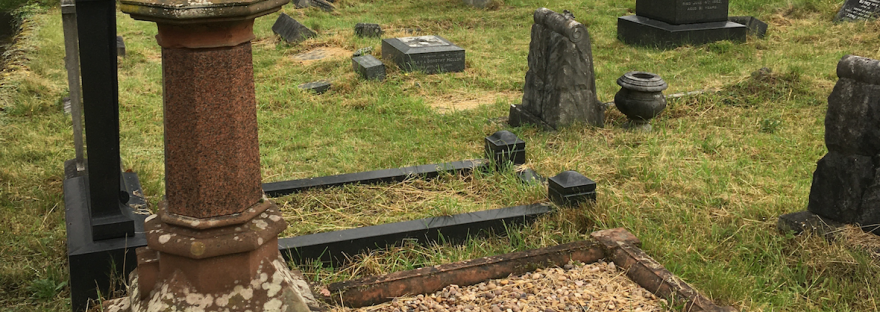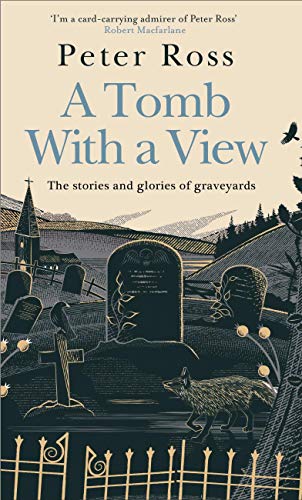When I first started working on tours – back in Glasgow, researching material for Walking Heads’ Clydeside Promenade – one of our contributors was journalist Peter Ross. I remembered Pete from my early forays into student journalism and so I’m always pleased when he has a new book out.
His latest, A Tomb With A View: The Stories And Glories of Graveyards, is available from 3 September 2020, it’s had rave recommendations from Hilary Mantel, Ian Rankin and Robert Macfarlane among others and I’ve been lucky enough to read it in advance.
In the book, Peter explores his own fascination with graveyards and looks at stories of people and places in cemeteries around Britain and Ireland. There are great chapters on Highgate in London, Greyfriars in Edinburgh and an in depth look at the work of the Commonwealth War Graves Commission. The relationship between ghost story writers and their graves is explored. He traces remarkable lives as well as forgotten ones, and as always with Peter’s journalism, personal stories are the heart of what he writes about.
My interest was piqued earlier in the year by Peter’s tweets with photos from his local graveyard, Cathcart Cemetery. He had uncovered the grave of a Scottish architect, William Gardner Rowan, who would have been practicing around the same time that Watson Fothergill was working in Nottingham. Like Fothergill’s grave stone in Nottingham, this one was designed by the architect himself.
After finishing A Tomb With A View, I took a long delayed walk into Rock (Church) Cemetery at the top of Mansfield Road, Nottingham, close to where I’ve been starting my Carrington Crawl walks.
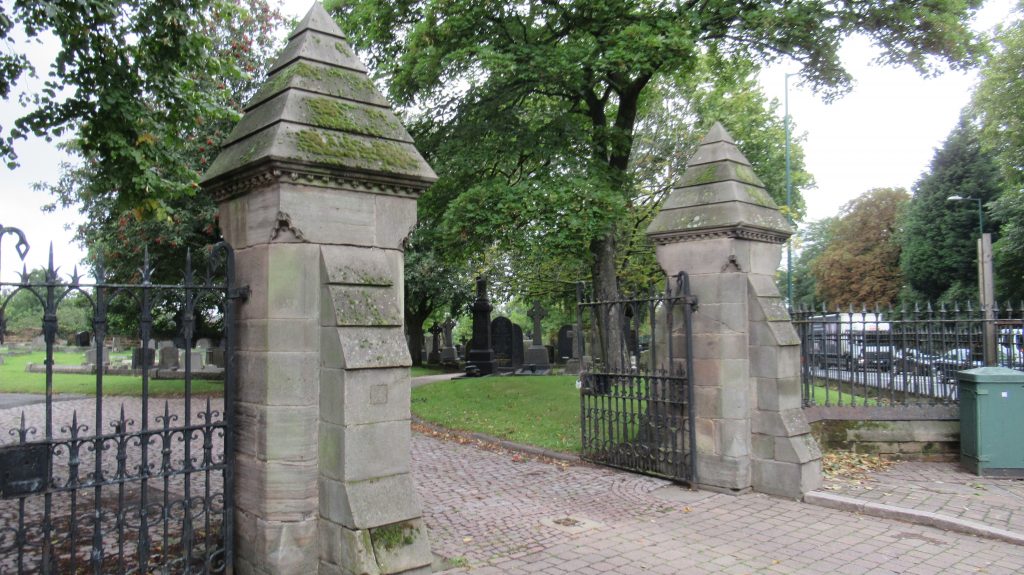
Both Watson Fothergill and Lawrence George Summers, his chief assistant, are buried there. I had seen Fothergill’s headstone on a long guided tour given by Nottingham Civic Society a couple of years ago, but I had not yet been to look for Summers. Thanks to a generous researcher, I had the plot number I needed help me find it.
I asked at the gate house for some help and James, the caretaker, looked out a copy of the St Mary’s Mount map and caught up with me at the far end of the graveyard (litter picking as he went).
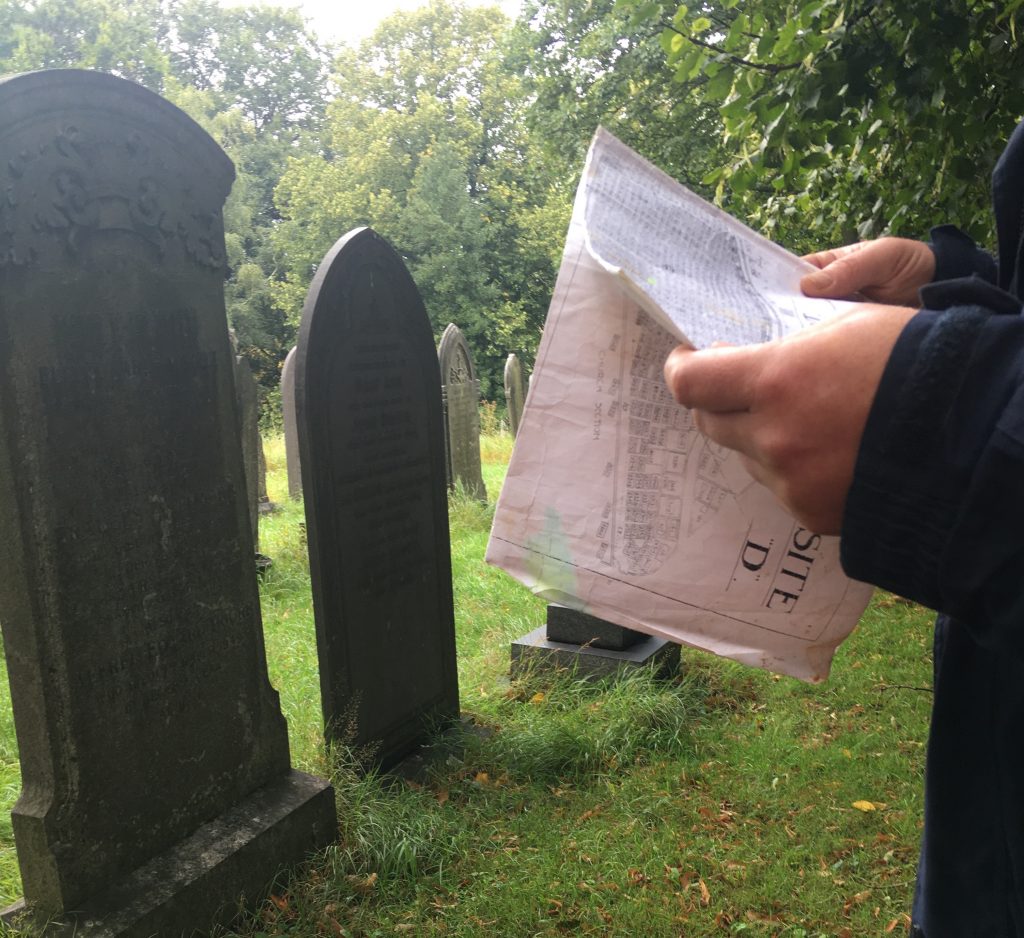
We tracked the plot number to find… a gap. There is no stone for Summers and his wife Louise (both buried here, 10 feet down according to the records). I was a little disappointed not to find a marker and snapped a picture in the hope that I’d be able to find the spot again. I can’t say I felt as comfortable in this cemetery as Peter Ross seems to be in graveyards in his book. It was slightly less daunting than it had felt on the 3 hour Civic Society tour, but no less Gothic.
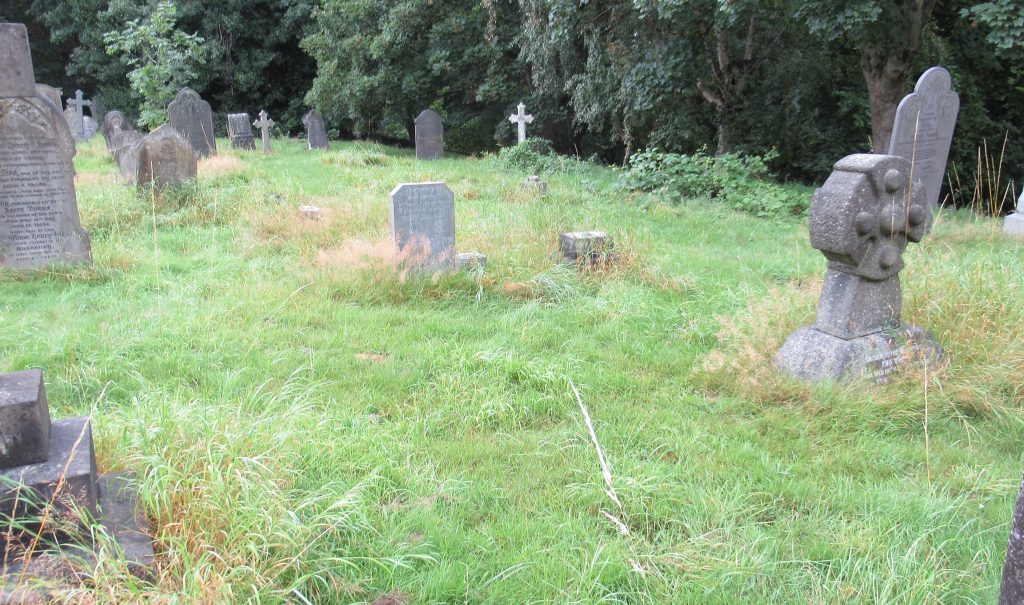
It started to rain, but I pressed on to find Watson Fothergill’s grave. The stone he designed himself is unusual in shape and colour compared to those around it. Some people think it looks a bit like a bird table. In contrast to the lack of stone for Summers (who is understood to have been a more modest man), Fothergill makes a typical statement of his individuality with the hexagonal red granite column.
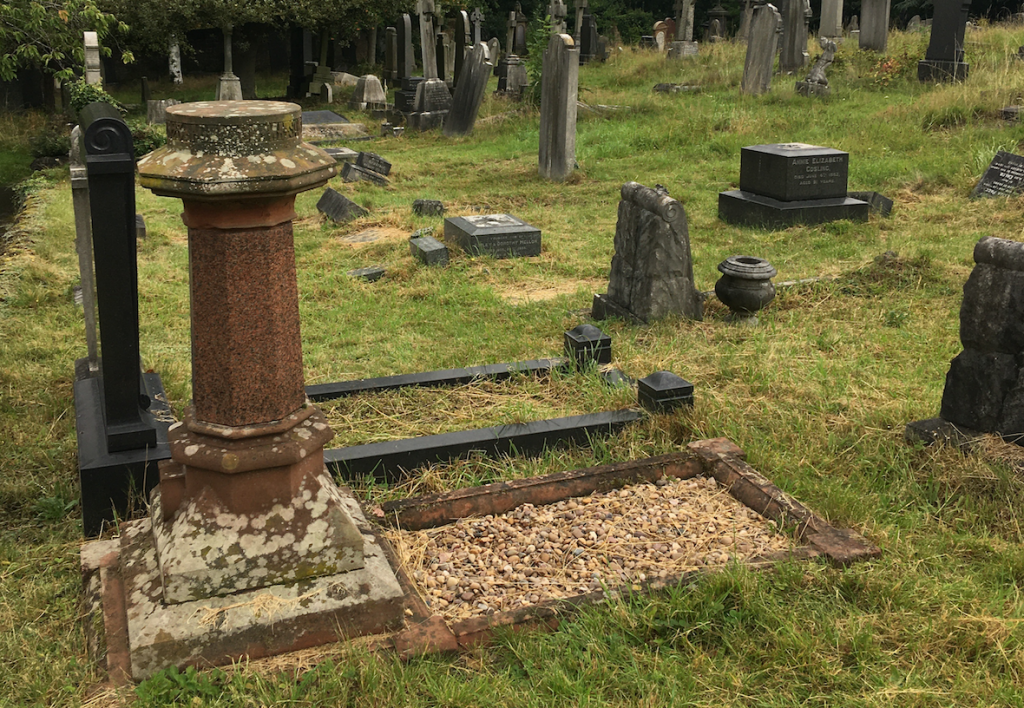
His names and death date are carved around the top in a typeface that appears familiar from his other work.
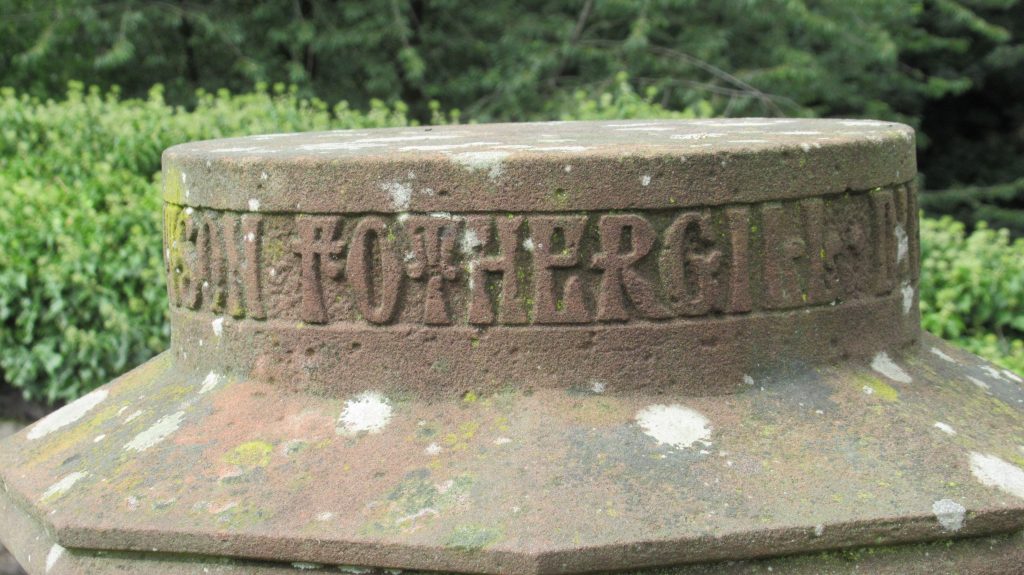
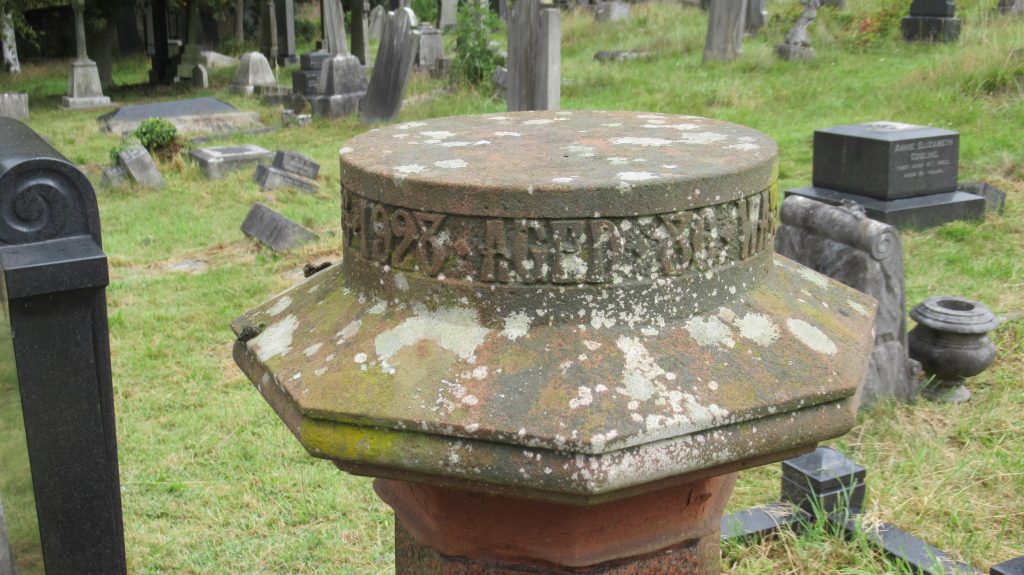
At the bottom, I spotted this stag, perhaps a symbol of Nottingham, where Fothergill spent his working life and where most of his buildings are located.
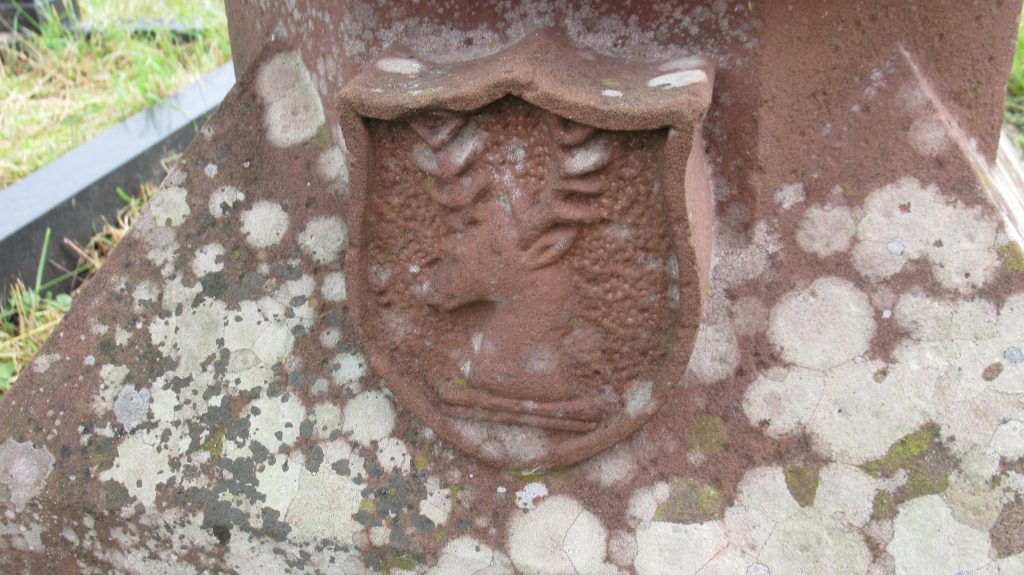
You can’t quite see the top of Mapperley Road, where Fothergill built his house, from here but the site is only a few minutes walk away. It would have been hard to have laid him to rest any closer.
I’d highly recommend A Tomb With A View. I was particularly struck by the chapter about the life and death of Dublin graveyard tour guide Shane MacThomais, where a friend of his sums up the secret of a good tour guide: “Make them laugh, make them cry, tell them something they know, tell them something they don’t.” And this is exactly what this book does, like a good tour it takes something you previously took for granted and makes you see it in a new way.
You can order A Tomb With A View by Peter Ross from your local bookshop (Nottingham has Five Leaves Books who are still doing orders by post). Or try Hive where you can support an independent book shop of your choice.
